It’s a general fact that the history of one’s nation is a part of identity for both the former and the upcoming generation. The youth in every generation is more interested in their ancestors’ values, norms, beliefs, perspectives, and intelligence. And since knowing one’s country is very much similar to knowing the kings and leaders, we will mention several Ethiopian Kings who influence the social and cultural aspects of the country. So in this article, we will see the 15 most influential Ethiopian Kings and Leaders.
Ezana
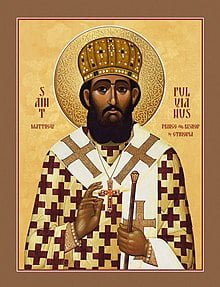
Based on historical records, Ezana is the first Christian Ethiopian king and the first to make Christianity the official religion of Ethiopia. Perhaps making Christianity the official religion of the country might be his boldest contribution to the country’s history. But it all goes back to his father’s age “King Ella Amida” when he rescued the two young Syrian boys called Frumentius and Aedesius from a terrible incident of a trading ship seized in the red sea. The boys got older; meanwhile, the king had died when king Ezana was just an infant, so his mother asked the older boys for guidance.
Frumentius was a loyal individual, so he stayed and kept the kingdom running. Later Frumentious traveled to Alexandria to ask the Eastern Orthodox Church to assign a bishop to Aksum. They assigned him and returned to Ethiopia as the first Christian bishop.
By the time Ezana got older, Frumentious was already spreading influence about Christianity; Ezana was one of his influences. Later Christianity became the official religion of Ethiopia after being accepted by the king. Ezana contributed a lot by spreading artistic representation of Christianity to the country, such as the ark of the ten commandments given to Moses by God and built a collection of about 50 steles located around the northern edge of Aksum, with the highest height of 24m (78.74ft). The steles were written in Greek, Sabaean, and Ge’ez.
Kaleb
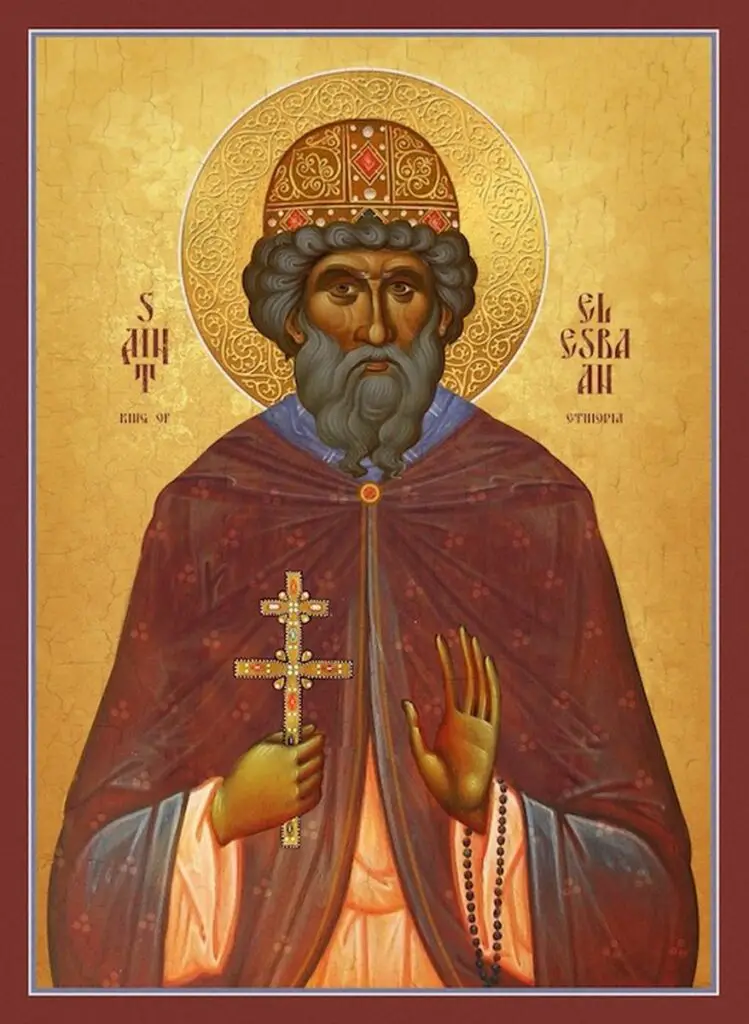
Kaleb was the king of Axum, who had various names based on the victory and his entitlements, Hellesthaeus, Ellastheaeus, Elesbaan, Ellesboas, and Elesboem. Above all, the king referred to himself as the “Son of Tazena.”
In 520, he fought with the king of Jewish Himyarite Yesuf Asar Yethar and rescued the Christians crucified by the king. Eventually, Ethiopian history had indicated that king Kaleb eventually abdicated his throne, gave his crown to the Church of the Holy Sepulchre at Jerusalem, and retired to a monastery.
An old priest reviewed him as “Kaleb was a man of Lasta, and his palace was a bugna where it is known that Gebre Mesqel Lalibela had later established his center.” Thus, many kings stand out for their courageous and bold moves as if Ezana stands out for being the first Christian monarch. In contrast, Kaleb stands out for his robust external geopolitical policies of Christianity.
Mara Takla Haymanot
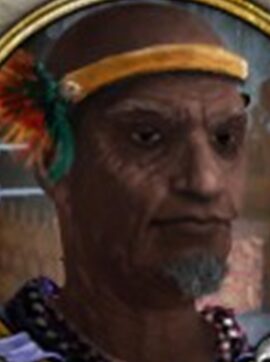
King Mara Takla Haymanot, the emperor and founder of the Zagwe dynasty variously called ‘Mararah” and “Takla Haymanot” by many Ethiopian Kings. He was born in the district of Lasta, which is the power base for the Zagwe dynasty.
Even when the Zagwe dynasty had lasted for about three centuries and a half, its strength was too small compared to the Solomonic dynasty. According to history, the former dynasty before the foundation of the Zagwe dynasty by Mera Tekilehimano was the Axumite emperor Dil Na’od. This technically indicated the ending of the Axumite dynasty was because of Mara Takla Haymanot.
Lalibela
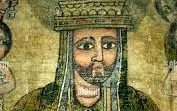
Centuries after Menelik I, the Axumite kingdom, which descended directly from Menelik I, collapsed and in turn gave rise to the Zagwe dynasty. And Lalibela was probably one of the most influential Ethiopian kings, having built rock-hewn churches and a city named after him.
Lalibela built ten rock-hewn churches, interconnected through internal passageways. To this day, these 11 rock-hewn churches of Lalibela stand upright to show the architectural genius of the King and Saint Lalibela. Among the churches, Bete Giyorgis is the most famous.
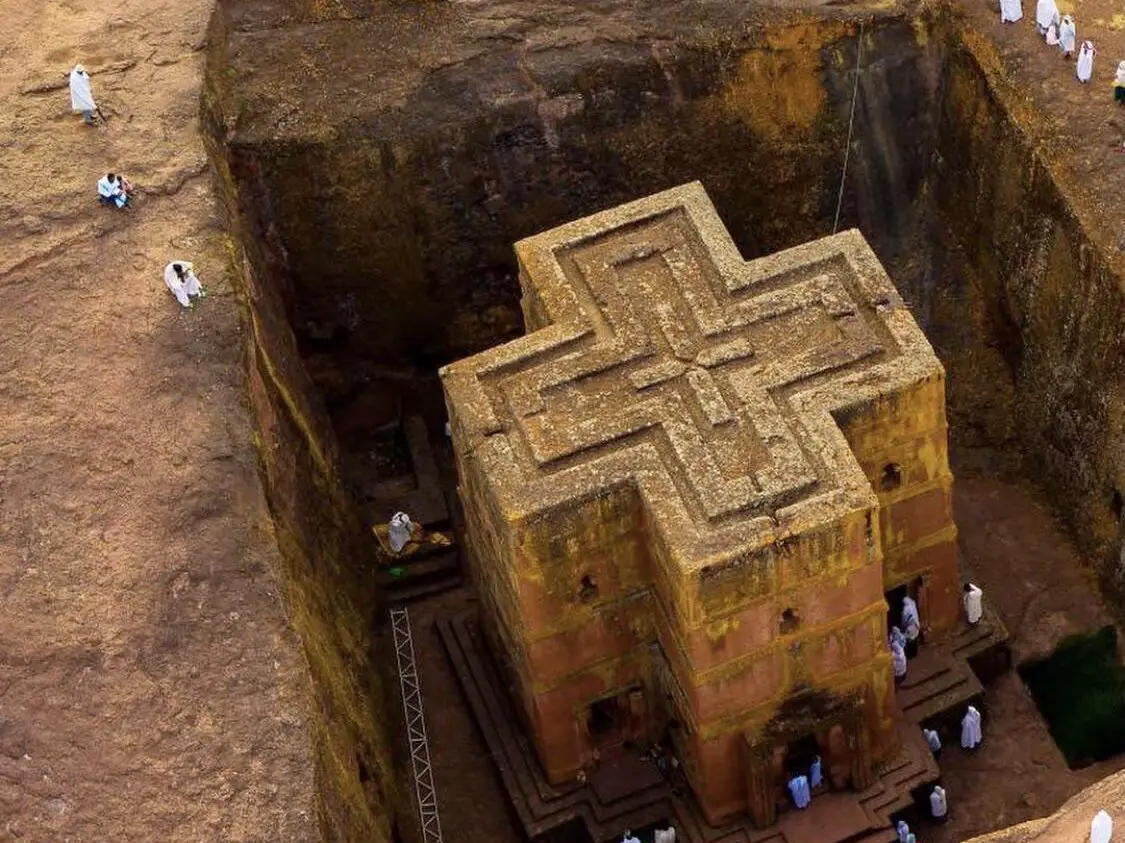
Yikuno Amlak
In the Solomonic dynasty, the Amhara Prince, ruler Yikuno Amlak “Tasfa Iyesus.” was one of the influential Ethiopian kings. Even though his exact Birthdate is still under severe uncertainty, the timing is between 1300-1285. Yikuno Amlak is well known for restoring the Solomonic dynasty, which lasted until 1974.
The restoration of the Solomonic dynasty back to the kingdom was a bit tested by the former “Zagwe Dynasty.” Then the Zagwe dynasty conquered what has known as the current northern and central parts of Ethiopia.
Later some time, a monk located around the region of Lake Hayq called “Yasus Moa” highly influenced Yekune Amlake into conquering the throne. Thus, the Zagwe king Yetbarek was driven out and killed by Yekune Amlake. Finally, on June 19, 1285, King Yekune Amlake died.
Zara Yaqob
Zara Yaqob was a descendant of the Solomonic dynasty. He was the youngest son of Dawit I and his youngest wife, Igazi Kebra during 1399 at Telq in the province of Fatajar. Zara Yaqob is known for his wise handling of both Christian affairs and Muslim aggression. He also found Debre Birhan.
Libne Dingel
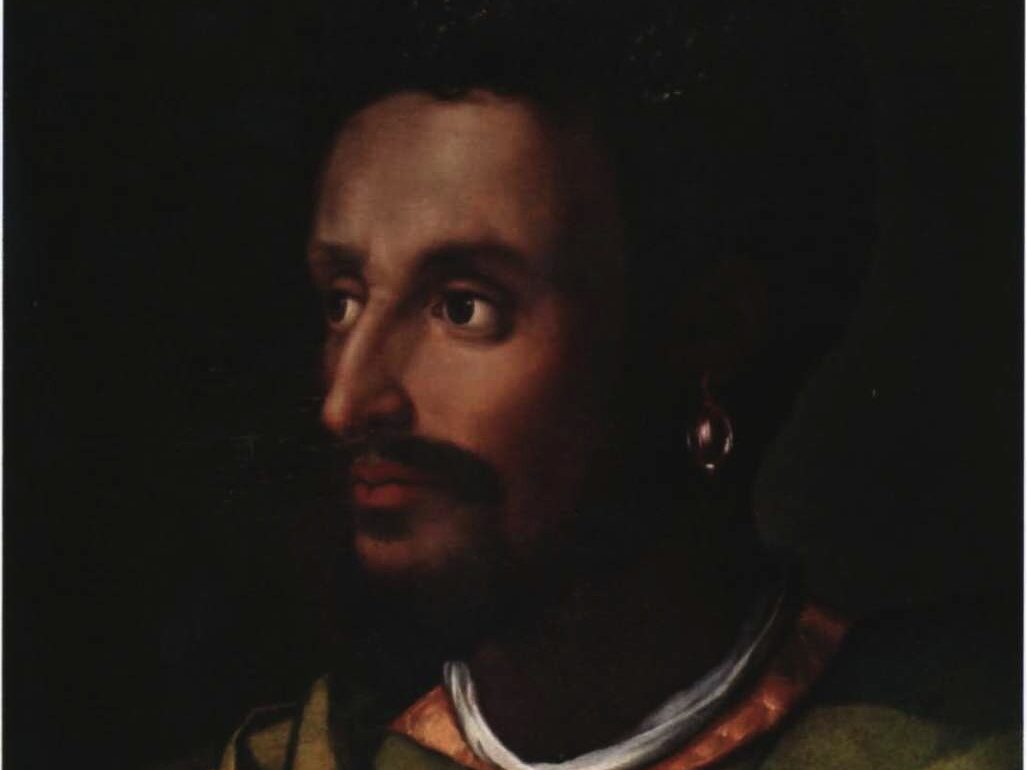
From 1496-September 2, 1540, also known as “Waneg Segad” famously known as Libne Dengel or Dawit II, succeeded his throne at age of 12. The emperor settled at his political palace located at Shewa from 1508-1540. His grandmother was Empress Eleni. The empress was the daughter of a Muslim king Hadiya sultanate throughout the late 15th and the early 16th. The empress devoted herself to establishing a modern church. In 1516, both Muslim and Christian people lived in the country, Emir Mahfouz Haran invaded Ethiopia. But later he was defeated by Libne Dingel. Still, the war began in 1531. Ahmed lbn Ghazi, best known as “Gran,” invaded Ethiopia and held power until 1543.
Libne Dingel suffered through the aftermath of gran’s invasion; thus, his faith was frequently tasted. After some time, he asked the Portuguese for help, but they could arrive after his death. His son, emperor Gelawedwos, took over the power; thus, gran was killed in 1543.
Gelawdios
Born in 1521/1522, a well-known king for being a member of the Solomonic dynasty and widely known as “Mar Gelawdios.” At such time, the Ahmed Gran leaded movement was launching the Islamic holy war “jihad” against the Ethiopian Christians. The campaign was highly aimed at regional influence and a hanger for wealth. Thus, the Muslim movement had external help from the Turkish, the Ethiopian kingdom had slight support from the Portuguese government.
Still, it was soundly defeated by the Ahmed gran troops, the Gelawdious kingdom was able to reinforce its power with the help of additional forces from the Portuguese.
Susenyos
Susenyos was an Ethiopian king born around 1572 in Gojjam, Ethiopia. He is also known as Malak Seged III. Apart from his emperor, he was well known for being the great-grandson of Dawit II, the father of Fasilides, and a member of the Solomonic dynasty.
Susenyos was an adopted child raised by a borena clan. The boldest move in his age of power from 1606-1672 was making catholic Christianity the country’s official religion. This was a motive from wanting external help from the European soldiers to protect his kingdom from the Oromo. But it’s safe to say Susenyos was also interested in the religion; thus, he lastly made his final decision to accept catholicism in 1622.
Fasiledes
Probably one of the most famous Ethiopian Kings, also known as Fasil, was born in 1632. Fasil was a member of the Solomonic dynasty that had been coming down to generations through his father Susenyos I and his mother empress, Wald Sa’ala’ Fasil.
He is well known for two things. The first one is for initiating the policy isolation between Ethiopia and other European countries and the second one is for building the most prominent historical heritages of Ethiopia the “Fasil Castle (Ghebbi).”
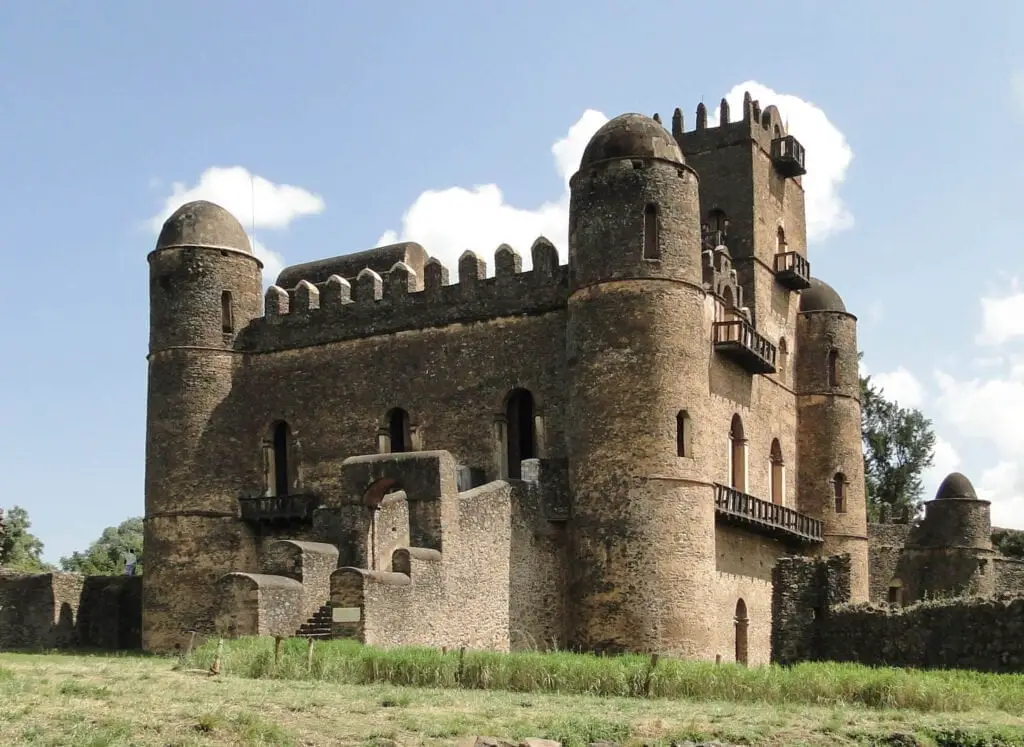
As history indicates, Fasil began building the castle to change the lifestyle more like a semi-nomadic way of living. The palace made the former capital of Ethiopia more beautiful and eye-catching thus, many legends do figure it as a display that was highly influenced by Portuguese architecture.
Emperor Tewodros II
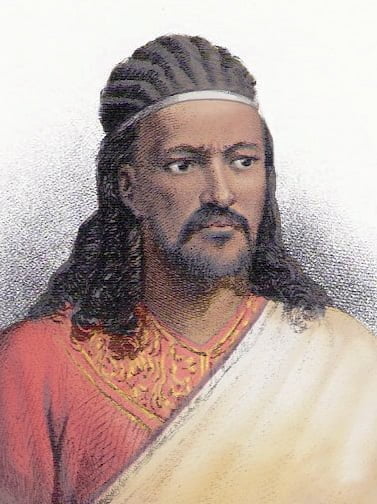
The Zagwe dynasty, after continuing the Solomonic royal family for centuries, in its turn started its decline. Following this began the time known among Ethiopian Historians as ‘Zemene Mesafint’ (the era of warlords). It was an era where the country had no centralized command and no one king, but many of them administrated over their territories and battled each other.
Then came Tewodros II with a deep burning desire to unify the nation under one rule and return its greatness. With this objective, he fought and defeated the warlords of his age and was able to end the era of warlords.
Tewodros had plans to modernize Ethiopia. He made several inquiries to Europe seeking assistance in Technology, but they refused. He once wrote a letter to Queen Victoria that was left unanswered, leading Tewodros to feel insulted by England.
Tewodros II then imprisoned several British missionaries for the accusation of plotting against him. Great Britain sent its Navier expedition to rescue the British prisoners. Aided by rebellious warlords, the British force attacked Tewodros II at Magdala. Emperor Tewodros committed suicide, realizing his hopeless position.
Due to his vision to unify and modernize Ethiopia, he still is one of the most cherished Ethiopian kings.
Emperor Yohannes IV
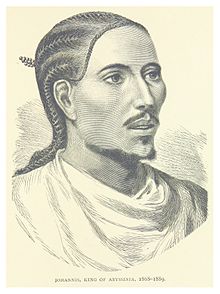
An emperor who fought his way to the central kingdom of the country, Yohannes IV was born on July 11, 1834, in Degol Weyane. Originally his name was “Kassa”.
He set an agreement with the British to let them through the areas of Tigray, for compensation many weapons, and money in exchange. The British were in search of their subjects, who Tewodros imprisoned.
After the death of Tewodros, Yohannes took the throne in four years. Yohannes contributed a lot to the system of the country, such as
- Abolishing slavery,
- Reducing polygamy,
- Centralizing the administration,
- Centralization of taxation, and
- Creating a professional army are some of them.
He was a courageous leader who resisted the force of Egypt, Italy, and Sudan for quite some time. In the end, the Mahdist Sudanese killed Yohannes at the battle of Gallabat in 1889 Metemma.
Emperor Menelik II
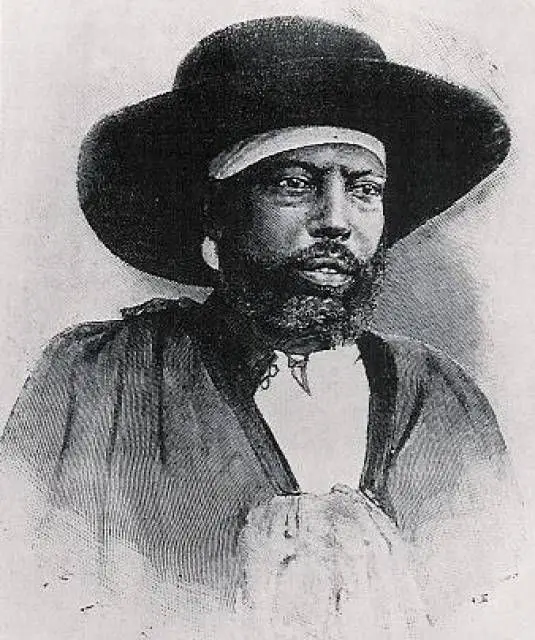
Emperor Menelik II is one of the most known Ethiopian Kings. With Menelik II started the modernization of Ethiopia. Telephones, cinema, railways, newspapers, schools, and more were introduced. The conservative wing of the society had always been a challenge for this emperor.
It’d be Menelik II who would finish the unification plans of Tewodros. It’d also be Menelik II who would defend the Ethiopian people against colonialism. The battle of Adwa, fought between fascist Italy and Ethiopia, was the deciding moment for Ethiopia’s freedom against the shackles of colonialism.
Lij Iyasu
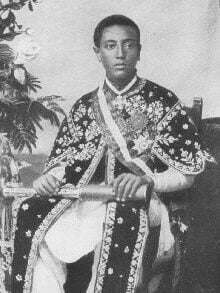
Iyasu was born on February 4, 1897, in Wello from his mother, Weyzero Shoaregga. She was the eldest daughter of Menelik and his father Ras Mikael, the closest friend of emperor Menelik. History and many individuals described him as an enigmatic emperor who could act out of the former traditional ways of many kingdoms.
Iyasu is chromatically uncrowned but inherited the power through his ancestors, even though he made a bit confusing move by changing his religion to Islam after his visit to dire Dawa in 1916 and his stay in Harar, which led to adopting the Muslim costumes and dress. He was determined to make Ethiopia a Muslim country and redress the injustice in Muslim society. Iyasu modernized the Ethiopian criminal code and created a municipal police force called the Terenbulle.
Emperor Haile Selassie I
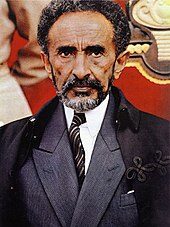
Emperor Haile Selassie I, the last Ethiopian monarch, would end the 3,000 years odyssey of the Solomonic dynasty through ashes and rubles. The emperor would also be a significant figure in the successes of pan-Africanism, leading to the OAU (Organization of African Unity), now reformed as AU (African Union).
In May 1963, Haile Selassie I of Ethiopia received delegates from 32 African nations to establish the OAU. Addis Ababa, the capital of Ethiopia, has since been the seat of the headquarters of the OAU and AU, being referred to as the Capital of Africa.
Haile Selassie also was the central figure of the Ras Tafari (Rasta) movement. Rastafarians regard Haile Selassie I as God because the ascension of Haile Selassie into power quickly followed Marcus Garvey’s prophecy that says:
“Look to Africa where a black king shall be crowned, he shall be the Redeemer.”
Marcus Garvey’s prophecy
Haile Selassie I himself was never a Rastafarian. Haile Selassie I was later overthrown by the military dictator and communist Derg in 1974.
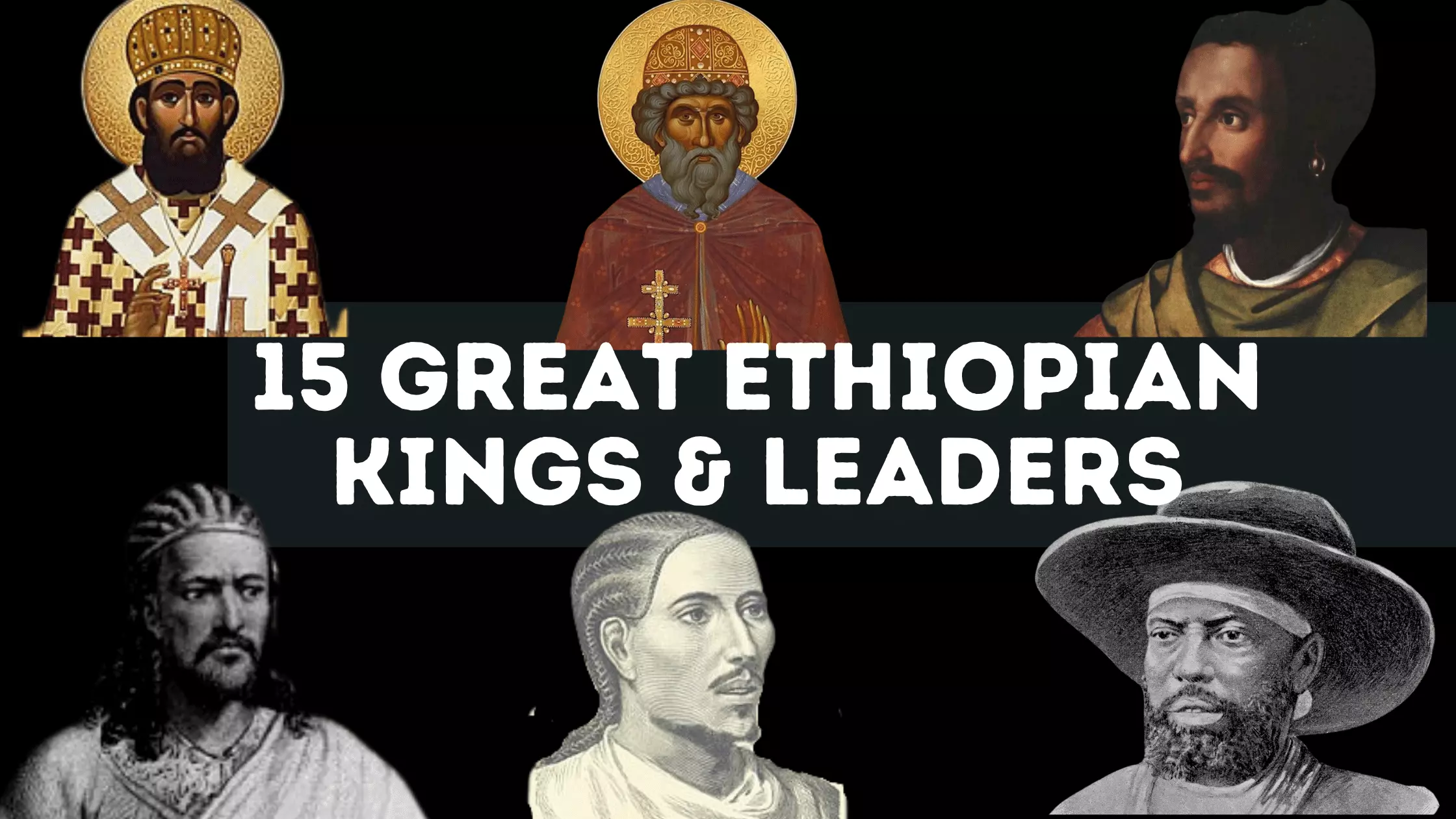


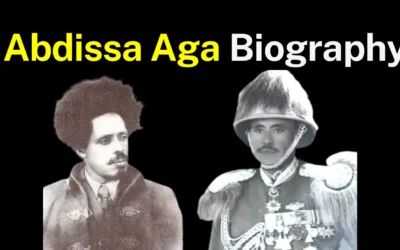
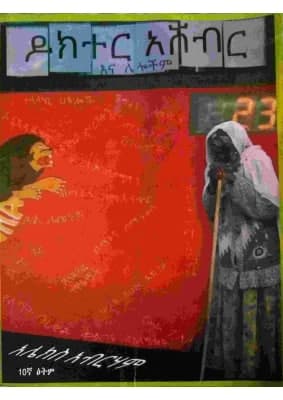


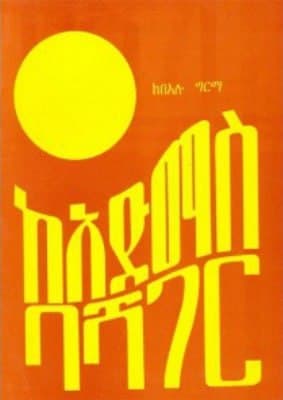

0 Comments